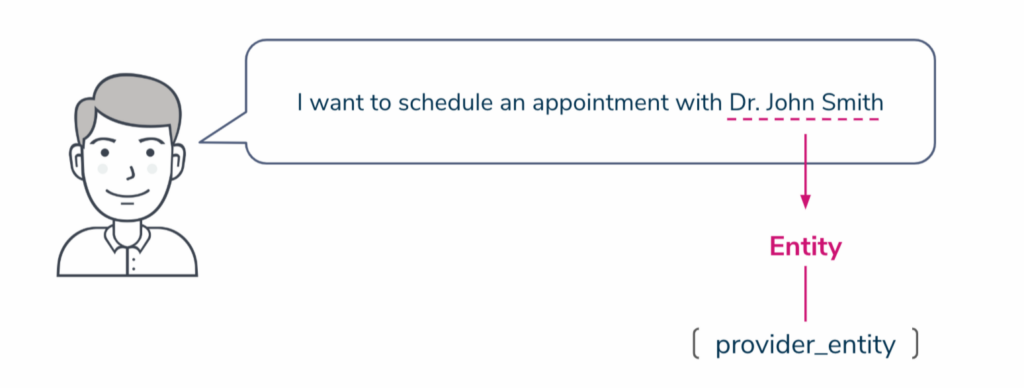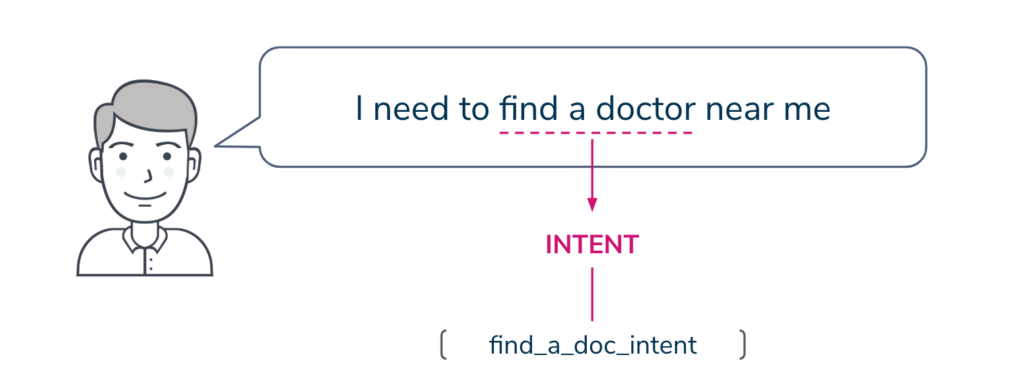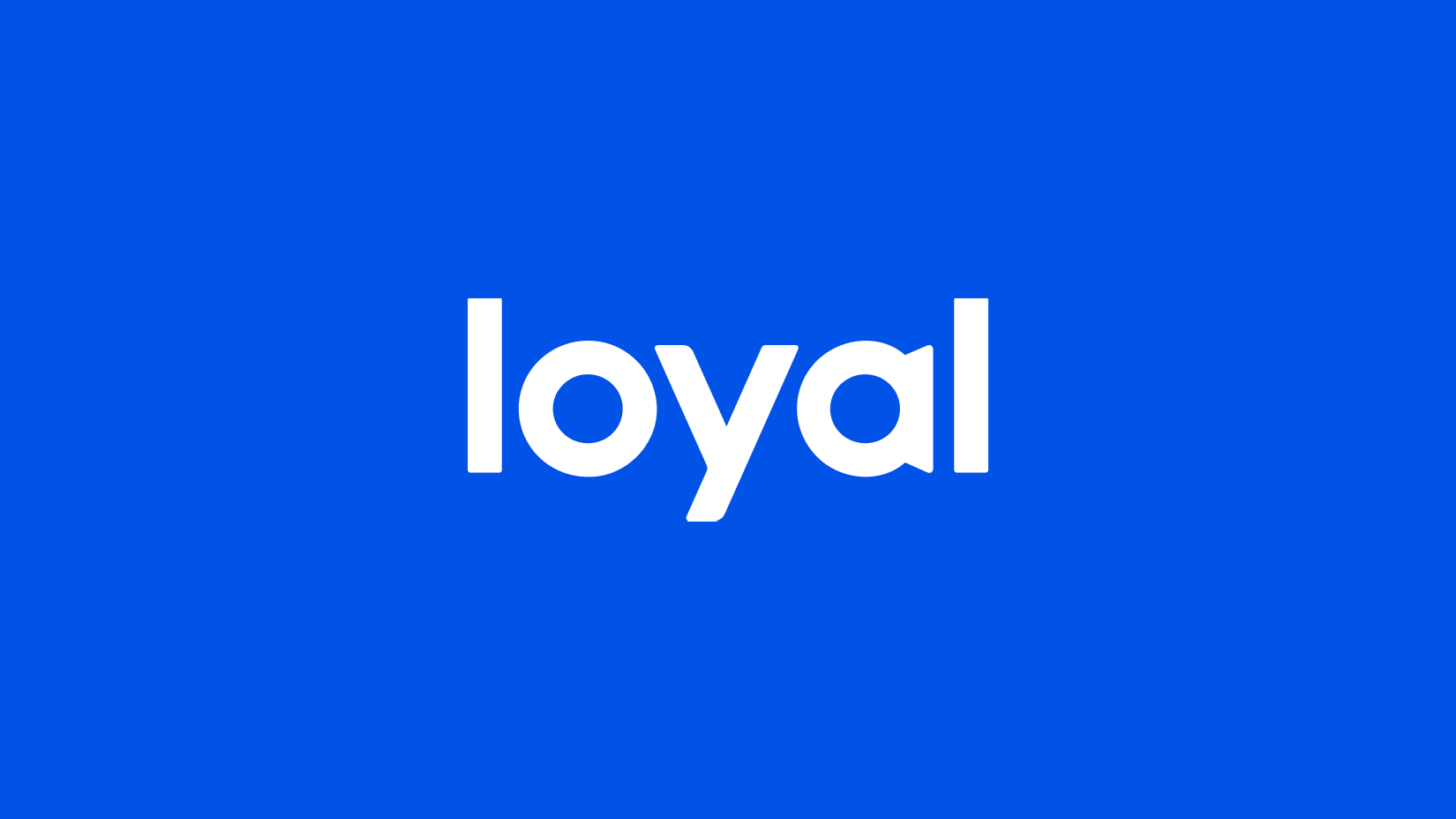New technologies always introduce a slew of new terminologies and jargon. Computers introduced terms like computer bug, floppy disk, byte, and cookie, to name a few. As artificial intelligence and chatbots begin to play more prominent roles in our lives it’s inevitable that new terminology will also spring up around it.
In fact, we already see plenty of it now.
Below are some of the common terminology surrounding chatbots and what they mean.
Chatbot 101: Breaking Down the Terminology
Artificial intelligence
Artificial intelligence, or AI, is a machine’s ability to perform tasks and make decisions that simulate human intelligence or behavior.
You’ve likely seen artificial intelligence used in a variety of ways lately – it’s quickly transforming how we pretty much do everything, but will soon impact almost every facet of our lives.
Chatbots
Chatbots are computer programs designed to simulate a conversation with a human user whether through voice commands, text conversation, or both. Some include AI-capabilities, while others follow a different approach with similar results.
There are a variety of applications for chatbots – from lead generation, personal assistants, or to assist consumers along their healthcare journey. The market is exploding and projected to reach $1.25 billion by 2025, so be prepared to see chatbots on more platforms in the near future.
Chatbot Training
Chatbot training is all about improving the chatbot’s ability to understand queries. Training can take a variety of forms from introducing previous conversations to help the bot recognize common queries, or providing additional data to help it learn. Regardless, chatbots will never stop learning, but training a chatbot will improve its accuracy before it’s deployed on a website or application.
Dialog Response
How can chatbots have a conversation, if they don’t have anything to say?
The dialog response is the programmed set of responses a chatbot can use during a conversation. Before launching on a website or application, a human agent will create the dialog so the conversation comes across as human-like and conversational.
Entity
Entity is a variable that compliments or modifies the intent. It’s a small portion of information the chatbot needs to understand in order to provide the correct response.
Check out the below image as an example!

Intent
Intent is what a user is actually trying to say when they say something. It’s the why behind why a patient is chatting in the first place.
Most sentences have multiple intents which are easy to identify for a human but can be a challenge for a computer. That’s where machine learning, natural language processing, and chatbot training all come together so the chatbot can better identify an intent.
With our chatbot platform, Guide, we also incorporate a combination of global intents, or pre-programmed topics that most health systems have in common (parking, bill pay, etc.) and client intents, or dialog created for a specific health system or location.

Machine Learning
Machine learning is a branch of artificial intelligence where machines learn without using specific instructions, relying on data to identify patterns and inference instead.
There’s a variety of ways to teach a machine – from looking past mistakes, inputting additional data, and more. The purpose is to make machines improve over time by learning. How a chatbot learns and improves how to address complex queries relies on machine learning and plays a large part in training a chatbot.
Natural Language Processing (NLP)
When creating a conversational platform, it’s important that the chatbot understands how humans speak and that means understanding slang, misspellings, and the diverse ways humans communicate.
That’s where Natural language processing, or NLP, comes in. Think of NLP as a safety net for intent. The better NLP model a chatbot has, the better it will be able to identify the actual purpose behind a sentence and understand a query.
Utterance
Utterance is the complete entry from the user into the chatbot environment. Whereas intent and entity are components within a query, the utterance comprises all of the entry.
Is That It?
There are plenty of definitions and terminology surrounding chatbots and artificial intelligence, but these should give you the basics. We’ll continue to update and add new definitions. After all, when a technology is growing as fast as chatbots there will be no shortage of new words springing up in the near and far future.



